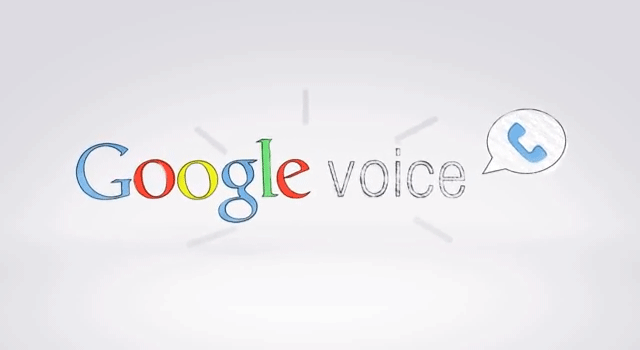Telecommuting jobs have become a quickly growing trend amongst businesses. Remote workers are being hired in droves and even people you see around the office are choosing to work from home multiple days a week. The change seems to have staying power, too. Allowing workers to stay at home has increased employee productivity. This may have something to do with cutting out time otherwise spent commuting, and distractions like coworkers and the water cooler. Because of this flexibility and ease of working at home or around the corner at a favorite coffee spot, workers have escaped the mundane feeling of having to come into an office each day. Perhaps it is the freedom that is boosting creativity.
Working from home has become possible because of the introduction of cloud technology. Cloud technology can take many forms, one of which is telephony. If you work from home you might already use a softphone; if you do not you might want to consider getting one. There are several benefits to using a virtual phone and not just because it helps to keep your professional life separate from your personal life.
It’s Inexpensive
If you’re not already using a virtual phone system because you think it might be too expensive, it should be reassuring to know that there are virtually no up-front costs and because everything works through cloud servers, they cut out the cost of hardware and IT services. They also won’t take up any space in your house because it’s virtual.
You’ll Be More Productive
Using a virtual phone system means you can use your own device to access phone calls and messages from anywhere. Your cellular phone, your tablet, your home computer, or a traveling laptop are all possibilities. Anywhere you go, you’re connected to your business if you want to be. You can even convert audio files to fax documents or email messages if you need to. You can also make use of other tools that enable remote working such as online content and project management systems, chats, etc.
It’s More Professional
Your home phone will not be displayed on a caller’s ID so they will never know that you are working from your home and not an office. Also, you can create a professional voicemail message for when you are away from your connected devices. There are also many professional options that are available when you opt for a virtual phone system. These options include being able to transfer calls, put people on hold to music, and automatically forwarding calls over to other people within your field to take calls when you are away.
Your Virtual Phone System Is Prepared To Grow With Your Business
Extensions can be added all the time. It doesn’t matter how fast your business grows, a virtual phone system is ready to take on your needs, as needed.
There’s No Cost To Call Internationally
Virtual phone numbers get to bypass the heavy costs associated with long-distance calling. Simply purchase an area code in any country that you need and you can make as many calls as you need without incurring the charges. Plus, your customers will never have to pay outrageous international fees which will, in turn, build a customer’s trust in your company.
No Spam Callers
Your virtual phone system is equipped with PBX which can help you keep track of your phone calls. It also sorts out blacklisted callers so you won’t have to worry about spam making its way into your business.
You Can Switch Over To The Right Department
If you get a phone call that you are not prepared to deal with, you can easily transfer the call to the person who is equipped to deal with certain phone calls. For example, if you work in sales and the person who has reached you is trying to reach someone in customer service, it is very easy to transfer them to the correct place. At the same time, if you are dealing with an unruly customer, you can quickly transfer them to a member of your management team.
If you don’t already have a virtual phone system for your company, it may be time to try one out. It is an affordable and professional way to grow and manage your business from home.








